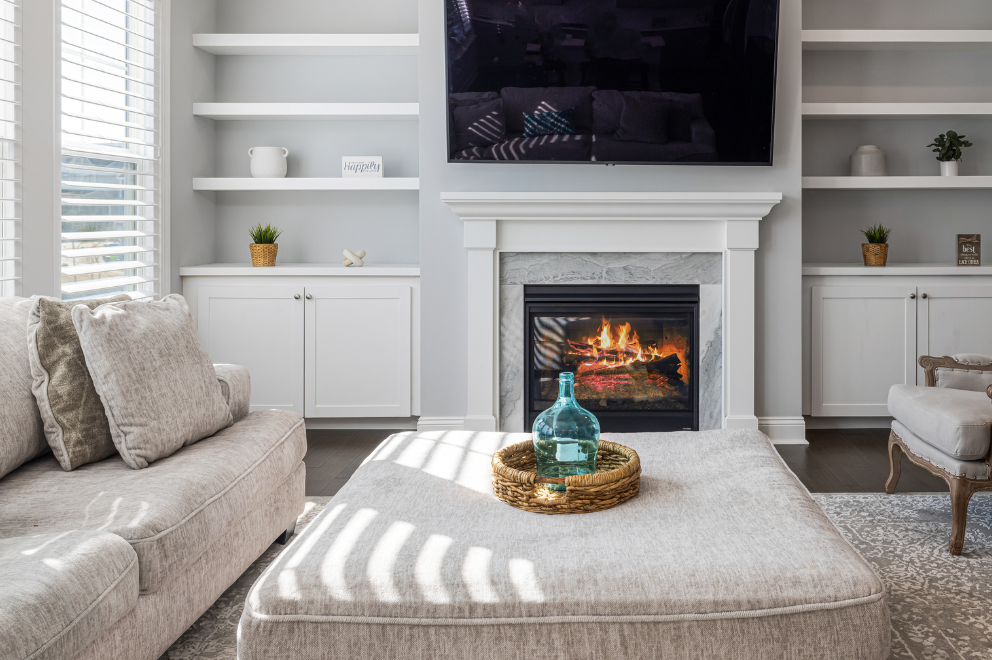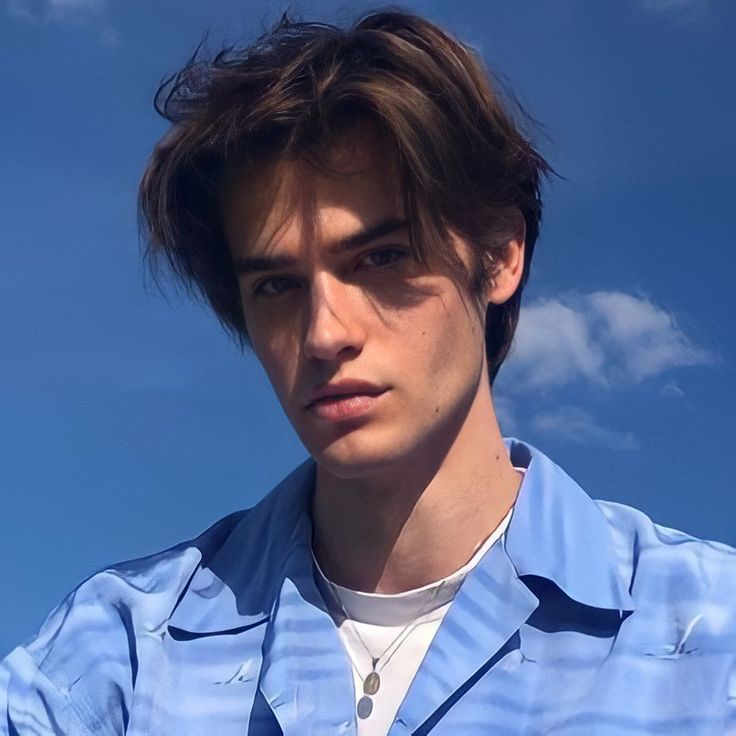
As artificial intelligence (AI) is seeping into many industries many are left wondering: will AI replace interior designers?
This question is sparking a big debate among professionals and enthusiasts. While AI has changed the interior design industry, making it more creative and efficient the answer isn’t as simple as a yes or no.
This blog explores the implications of AI in interior design and how designers can use it without losing their touch.

AI technologies like machine learning and data analytics are being brought into the design process. They can analyse vast amounts of data, predict trends, and even generate design concepts based on user preferences. AI can help designers create mood boards, suggest color palettes, and visualize spaces through 3D modeling software. This means designers can speed up their workflow, reduce time spent on repeat tasks, and focus on the fun bits.
AI algorithms look at user preferences, lifestyle and existing decor to give design ideas tailored to individual tastes. Perfect for homeowners who want a cohesive look without hiring a designer. AI has changed the way we approach interior design. From generating 3D models to giving personalized design suggestions, AI tools are making it faster, more efficient and more accessible.
AI can analyze a space and give suggestions on how to maximize functionality and aesthetics. Especially useful in urban areas where space is limited. AI tools can give cost estimates for different design options so clients can stay on budget. They can also give alternatives that fit the clients style and budget.

AI won’t replace human interior designers because of the unique qualities human creativity, intuition, and emotional intelligence bring to design. While AI can automate tasks like space planning, generate design concepts, and analyze trends, it lacks the artistic sense and personal touch that only humans provide. Interior design goes beyond aesthetics; it involves understanding clients’ emotions, preferences, and cultural contexts—things AI can’t fully grasp or replicate.
The relationship between designers and clients is key to creating spaces that resonate on a deeper level. Human designers excel at building trust, empathy, and a deep understanding of personal preferences and lifestyles. This relationship is crucial for translating nuanced preferences into meaningful designs that go beyond surface-level aesthetics.
Human designers can navigate unexpected challenges and find innovative solutions that AI may not be able to handle. Creative problem-solving and incorporating cultural nuances and personal stories into designs are skills that are uniquely human.
AI systems may perpetuate biases in their training data, producing designs that lack cultural sensitivity or inclusivity. Therefore, AI should be seen as a tool that enhances human designers rather than a replacement. By automating repetitive tasks and providing data-driven insights, AI allows designers to focus on the more nuanced and creative aspects of their work.
This improves efficiency and decision-making in the design process. However, the essence of impactful design will remain human, with AI as a tool that enhances artistry and emotional intelligence.
The future of interior design may be a harmony of human creativity and technological efficiency. AI and human designers work together to create spaces that are not only beautiful but also emotionally resonant and culturally sensitive.
As technology advances, the role of the interior designer will evolve, but the human element will remain at the heart of the industry. This ensures that interior design remains a field that celebrates the intersection of art, emotion, and innovation.

AI is great and convenient and solves problems and makes us more productive across industries. But this convenience comes with big costs and we need to think about them. One of the biggest is job displacement. As AI automates tasks, many workers will lose their jobs, especially in industries where human labour can be easily replaced. This affects not just individual livelihoods but also the broader economy as those who can’t adapt to new tech will get left behind.
And also the reliance on AI can lead to a decline in critical thinking and problem solving skills. As machines take over tasks that require mental effort, humans may become too reliant on technology and get lazy. This dependency will stifle innovation and creativity as humans will rely on AI generated solutions rather than coming up with their own ideas and approaches. And the emotional and social aspect of human interaction will be compromised. AI can’t understand and respond to human emotions which will decrease the quality of customer service and interpersonal relationships in many areas.
And then there are the ethical issues with AI itself. Data privacy, algorithmic bias and the misuse of AI systems raise questions of accountability and transparency. For example AI trained on biased data will perpetuate existing inequalities and result in unfair treatment in areas like hiring, lending and law enforcement. AI systems lack emotional intelligence and can’t navigate human relationships so they make decisions that ignore the ethical implications of what they’re doing.
The use of artificial intelligence (AI) in interior design has brought about many changes, more efficiency and personalization and some challenges. Here is the list of pros and cons of using AI in this creative field.
AI can do repetitive tasks like space planning, concept generation and trend analysis. It can also do 3D visualizations and data driven insights.
AI helps human designers by streamlining workflows, giving personalized design recommendations and insights into client preferences and market trends. So designers can focus on creativity and client relationships.
Yes, AI has limitations – no emotional intelligence, creativity, cultural sensitivity. It can’t get the subtleties of human preferences or the personal relationships designers build with clients.
Interior designers adapt by using AI tools to enhance their workflows, staying up to date with technology and developing their creative and interpersonal skills to stay unique.
No, clients shouldn’t worry about AI replacing their interior designers. Just see AI as a tool to help designers deliver more personalized and creative solutions.
AI is making big strides in interior design but will never replace human designers. Human creativity, emotional intelligence and the ability to build relationships with clients is irreplaceable. Instead of seeing AI as the competition, see it as a tool to supercharge your design skills so you can focus on the nuances and creativity of your work. As technology evolves, the future of interior design will be a beautiful marriage of AI and human designers, resulting in spaces that resonate deeply with clients.

Ethan Carter, an alumnus of NYU with a degree in fine arts, is renowned for his eclectic design style. His work since 2013 has brought vibrant color schemes to life. Joining our team in 2018, Ethan has been a voice for creative, out-of-the-box home transformations. In his free time, he explores vintage markets for unique design pieces.

Hi there! I’m Aisha Harper. With a background in exploring breathtaking destinations and a deep appreciation for creating warm, inviting spaces, I’ve combined my passion for adventure and home into a fulfilling career. From scaling mountains to styling living rooms, I love blending the thrill of the outdoors with the comfort of home, inspiring others to do the same.